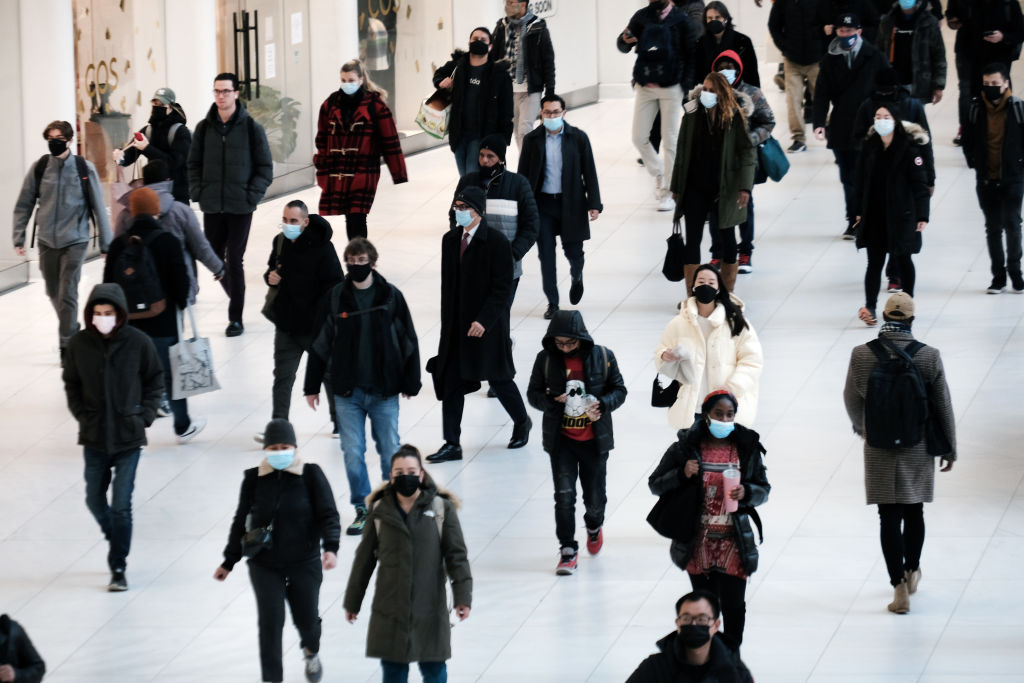The New York City Department of Education is shortening the isolation and quarantine periods for students and school staff who test positive for COVID-19 or are unvaccinated and exposed to the virus, the city announced Tuesday night.
The new policy states that most students and staff members who test positive will have to isolate only for five days, as opposed to 10 days. However, those looking to return can only do so after being fever-free for 24 hours, without the use of medication, and must wear a "well-fitting" mask (such as a KN95 or KF94) for five days after returning, the DOE said.
For students in LYFE, 3K or Pre-K, the isolation period will remain at ten days. Those students should be fever-free and have symptoms improving in order to return on day 11.
Get Tri-state area news and weather forecasts to your inbox. Sign up for NBC New York newsletters.
Students and staff are not required to produce a negative COVID test in order to return to school, the DOE said.
As for unvaccinated students who were exposed to COVID outside of a school setting, their quarantine period was reduced from 10 days to five days as well. Students returning after the fifth day must also wear a similarly well-fitting mask for the first five days back as well.
The DOE said that unvaccinated students exposed at home must continue to quarantine for five days after the isolation period for member of the household who tested positive has ended, assuming the student is not isolated from the infected family member.
As it was before, any students and staff in kindergarten or higher who are exposed to COVID while at school do not need to quarantine, and should use test kits provided at the school. One home test kit a week will be provided, regardless of the number of exposures that week.
Any students in LYFE, 3K or Pre-K who share classroom space with someone who tests positive for COVID must quarantine if exposed to that individual during their infectious period. Students who are at least 2 years old and exposed to COVID can return to school after five days, the DOE said, rather than seven days. Those students must be symptom-free and test negative.
The new policies, which the city said are based on Centers for Disease Control and Prevention guidelines as well as the state health department's, go into effect starting Jan. 31.
The changes come as COVID cases and hospitalizations in the state continue to decline statewide. Gov. Kathy Hochul's office said that the seven-day positivity rate is at 9.7 percent — the lowest level seen since Dec. 22.
Hospitalizations were at 9,854, which is up slightly from day before, but is the third straight day below 10,000. That hasn't happened since the very beginning of the month.
Region by region, that seven-day average is falling across the board, though the improvement is much faster in New York City and Long Island than it is upstate.
Thus far, the state's omicron wave is following the predictions of federal health officials. CDC Director Dr. Rochelle Walensky had previously said cases in New York could follow the "icepick" pattern that was seen in South Africa, with a rapid spike higher and then a quick drop back to pre-omicron levels.
Dr. Anthony Fauci, the president's chief medical advisor, told News 4 earlier this month that he expected the wave to break for this region by the end of the third week of January.



